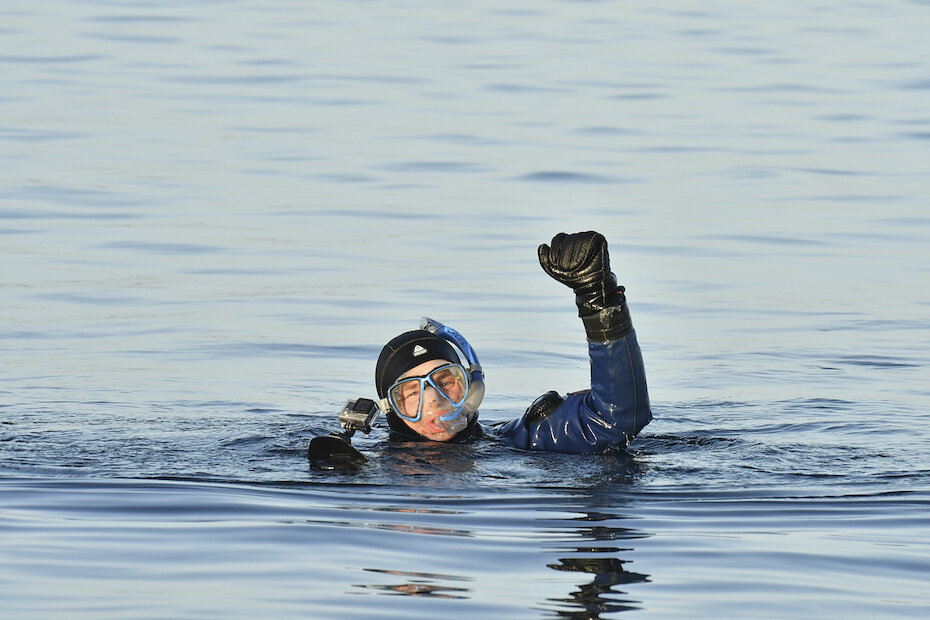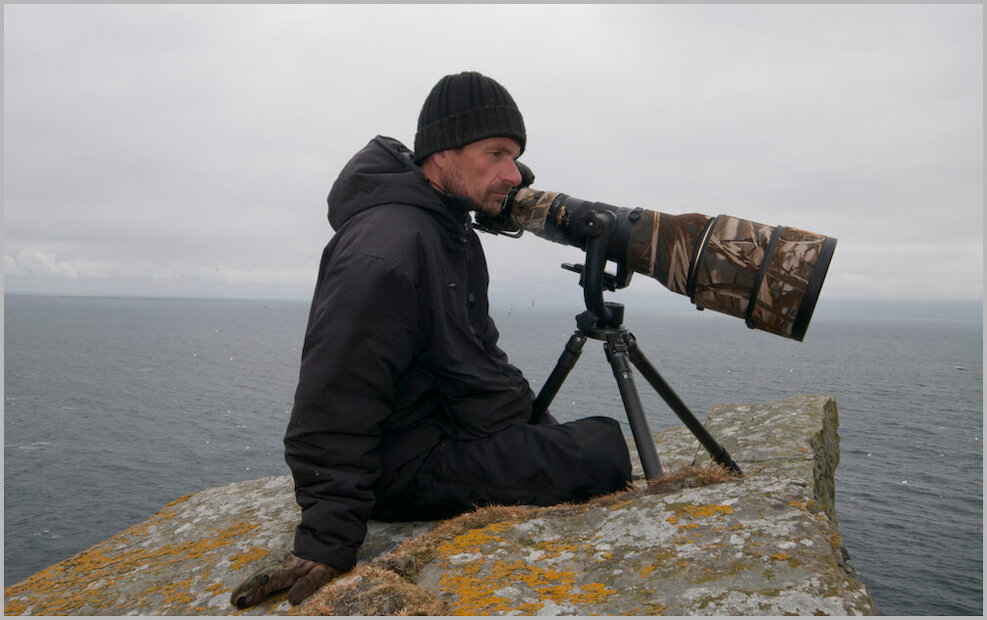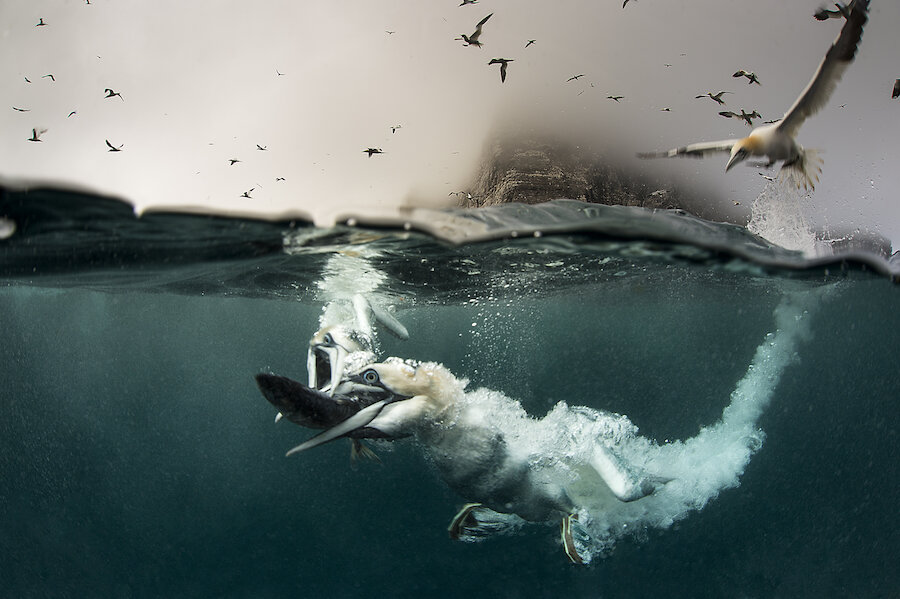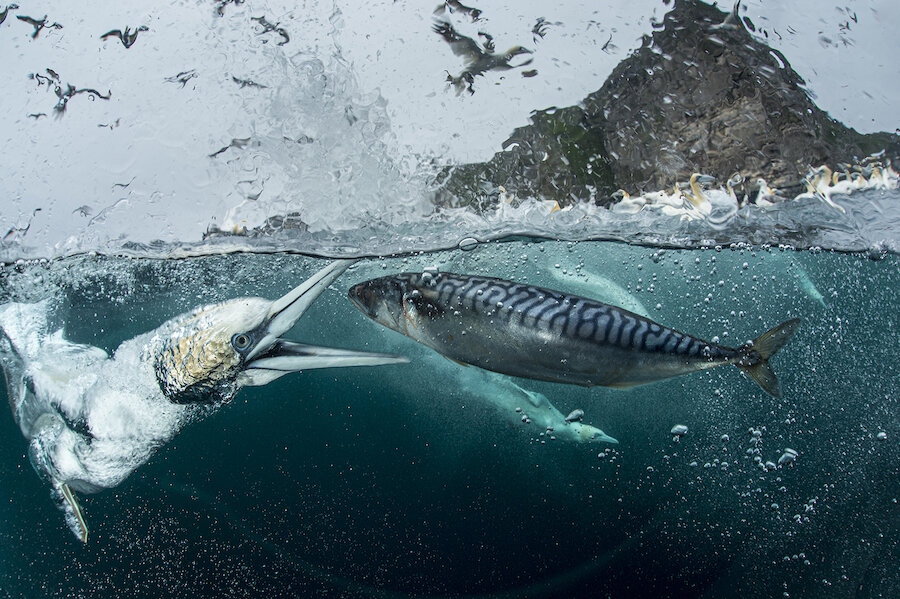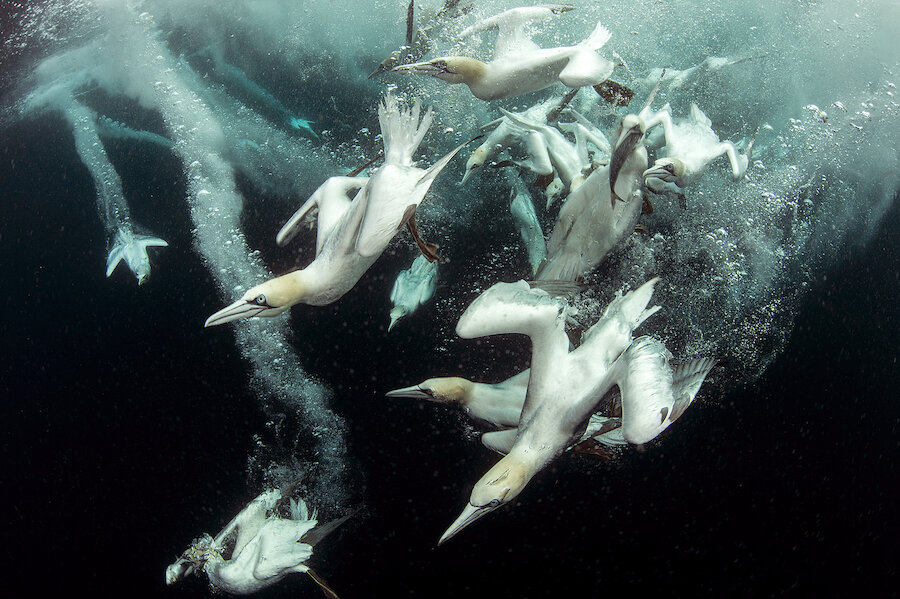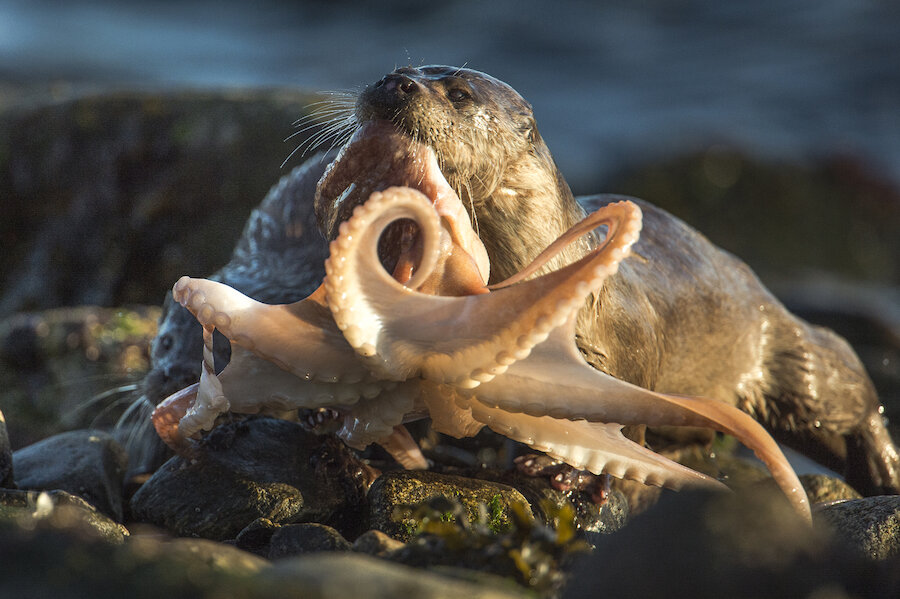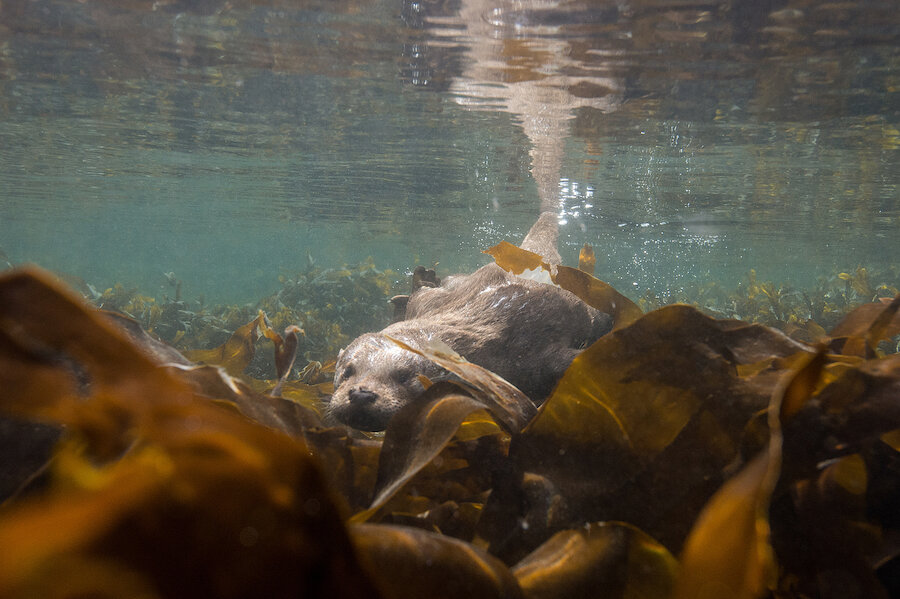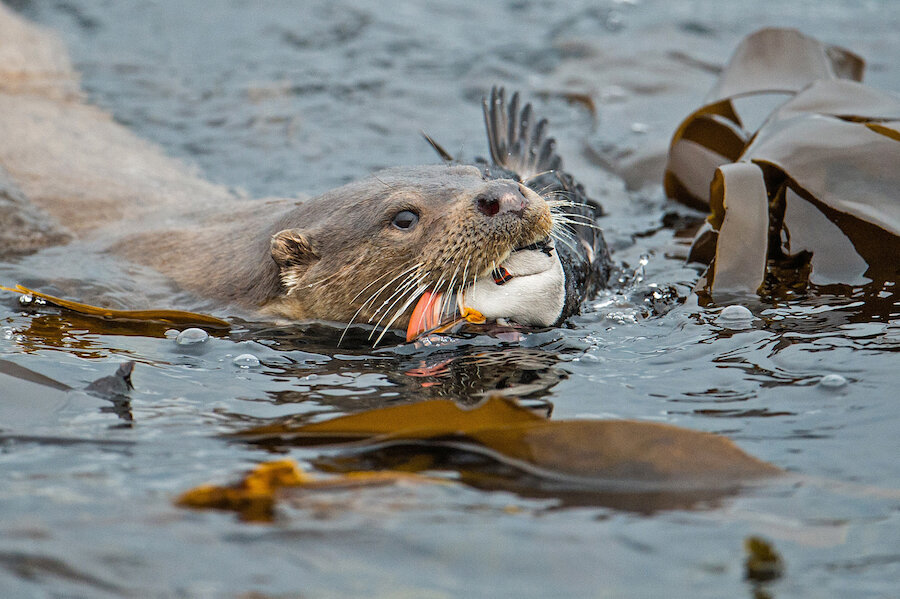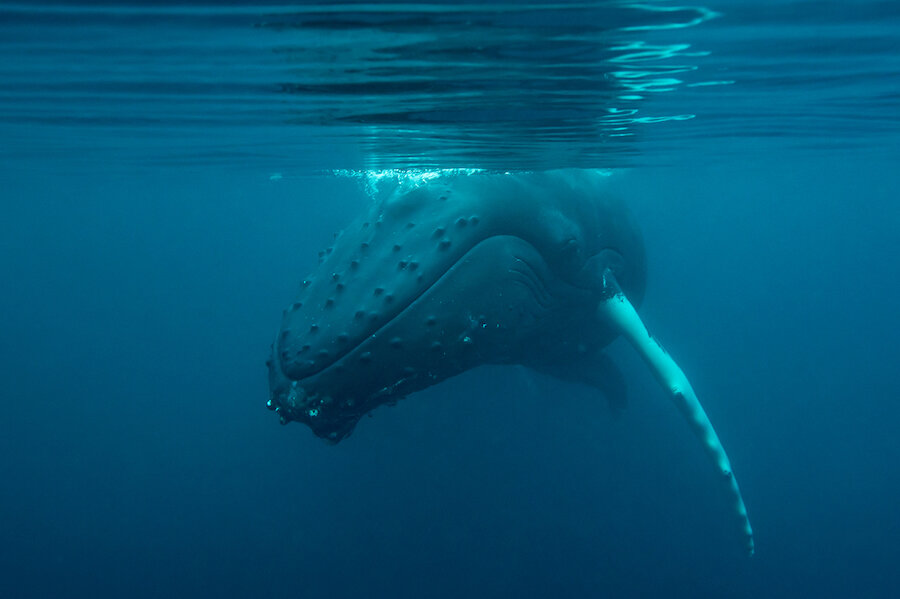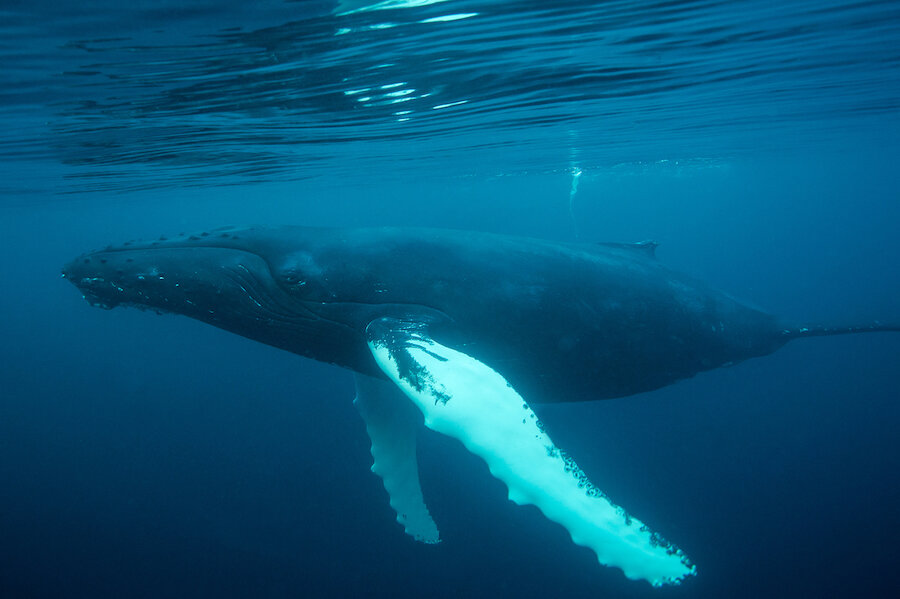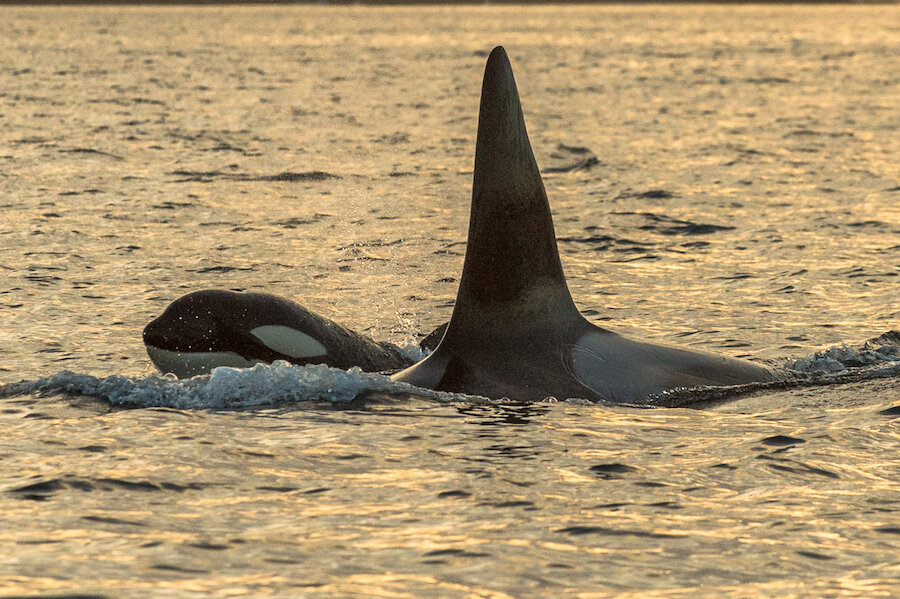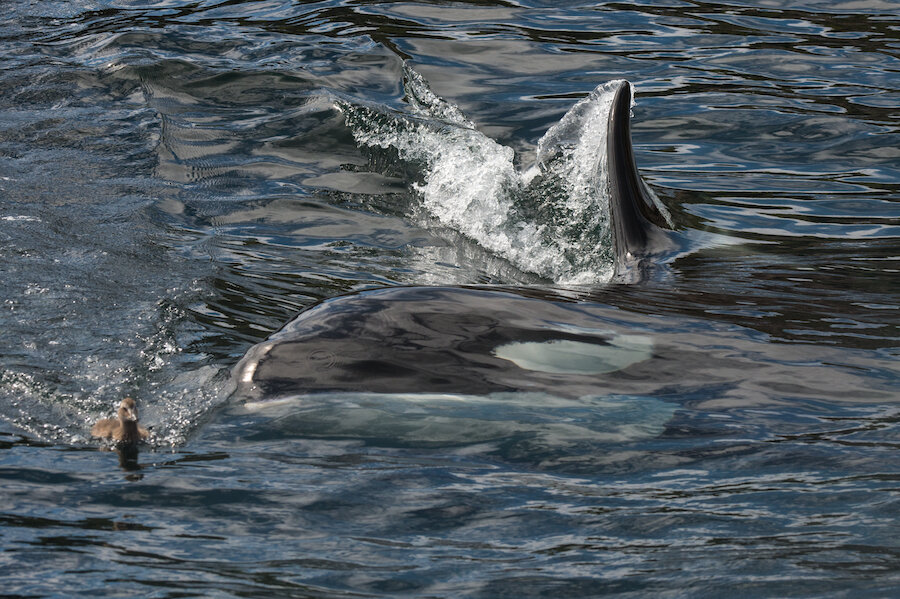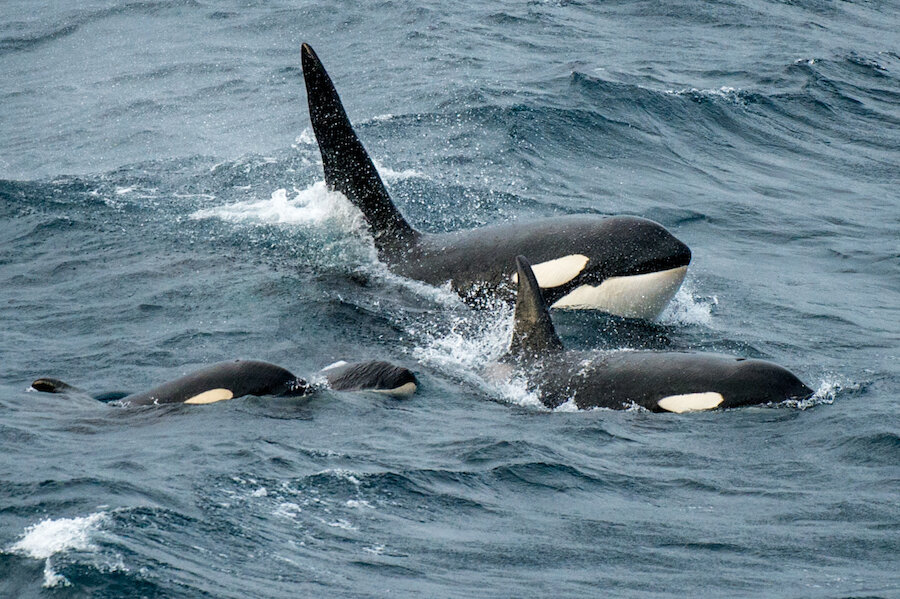Richard Shucksmith has two goals with his photographs of the Shetland wildlife: to make you look, and to make you think. “I want to take pictures that stop people and make them look, but which also have an ecological story. It works if people think about the animals.”
Richard is serious about both. Having grown up in Lincoln, he studied marine biology at the School of Ocean Sciences in Bangor, North Wales, and then did a PhD in marine ecology with Aberdeen University. It was an extensive project photographing sea birds on remote Scottish islands that first brought him to Shetland around 14 years ago.
He’d been living on the west coast, visiting islands like St Kilda, Mingulay and Shaints, and Shetland was the final part of his project. The first time he stopped for petrol in Lerwick, he saw a car door open, and a girl appeared who he knew from university in Bangor. “We can never decide if it was love or entrapment, but we’re now married with two children,” he says. “And Shetland has always suited me.”
I want to take pictures that stop people and make them look, but which also have an ecological story. It works if people think about the animals.
These days, he’s both a photographer and videographer, taking groups on bespoke wildlife photography trips with his company Shetland Photo Tours, and working with visiting production companies on filming wildlife – most recently a stint filming orcas from a boat, and trying to shoot otters underwater for a German production company. Comfortable shooting stills and film above and below the water, using both cameras and drones, he’s garnered widespread attention for the first underwater shots in the UK of diving gannets and humpback whales. Here, he talks about those shots, and photographing Shetland’s wildlife.
